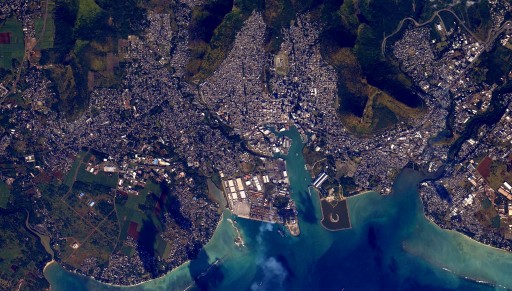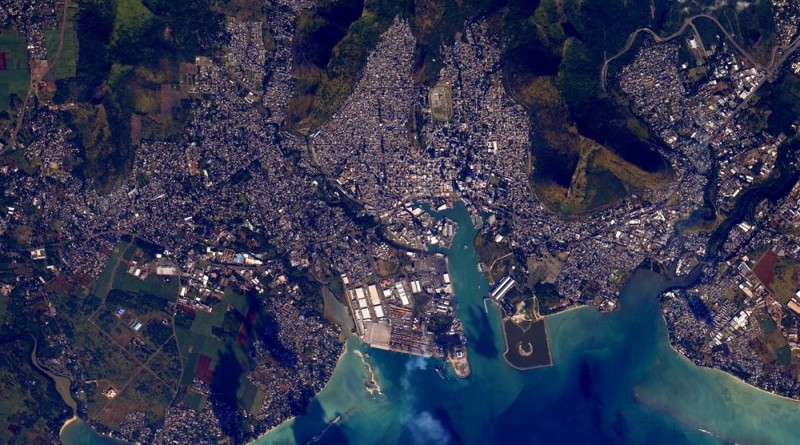ISS Operations Update – May 9, 2016

Experiments:
Meteor Setup Review [The Meteor study, going by the full name of ‘Meteor Composition Determination,’ is the first of its kind to be deployed in space, solely focused on the analysis of meteors entering Earth’s atmosphere and pin-pointing their composition through their optical emissions when burning up in the atmosphere. Meteor research from Earth is next to impossible due to the frequency of meteor events over any given location and the interference created by Earth’s atmosphere (ozone absorption). On ISS, however, crews can spot meteors every couple of days, making it a suitable platform to test out equipment for the study of meteors.]
Integrated Resistance and Aerobic Training Study (Sprint) [This study evaluates a high-intensity, low-volume exercise protocol to minimize the loss of muscle, bone and cardiovascular function but also minimizing the time spent with daily exercise. To asses the protocol, crew members conduct regular measurements of VO2max, heart rate (HR) response to submaximal exercise and ventilatory threshold. Monthly ultrasounds of the thigh and calf are used to evaluate spaceflight-induced changes in the muscle volume. Post-flight data on muscle and bone mass is compared to pre-flight measurements and to data from control subjects that use the regular exercise protocol.]
Rodent Research 3 – Inspection and Food/Water Restocking [Rodent Research 3, named after the sponsoring company Eli Lilly and Co., will conduct a close study of myostatin inhibition for the prevention of sekeletal muscle atrophy and weakness in mice during long-duration spaceflight. A rapid loss of bone and muscle mass is observed in astronauts during spaceflight, especially to the legs and spine at rates similar to atrophy in people with muscle-wasting deseases on Earth. The study makes use of mice as a model organism to examine the response to certain drugs preventing muscle or bone loss.]
Fluid Shifts – Hardware Stowage [Fluid Shifts Before, During and After Prolonged Space Flight and Their Association with Intracranial Pressure and Visual Impairment. Known as the Fluids Shift study, this experiment is one of the most complex integrated experiments ever performed on ISS using pieces of US and Russian hardware to attempt to quantify the amount of fluid shifting from the lower body to the upper body when transitioning from a gravity to a microgravity environment. This will also lead to an understanding of effects of the fluid shift on fluid pressure in the head, changes to vision and eye structure. Effects on the eye caused by elevated intracranial pressure include globe flattening, choroidal folds, and alteration of the optic nerve.]
Other Activities:
Nominal Inspections/Servicing Tasks (Morning Inspection, Caution & Warning Panel Check, Sozh System Maintenance) (Russian Crew)
Dragon SpX-8 Departure Preparations – Procedures Review, Equipment Gathering, Powered Cargo Transfer
HAM Video Session

